Along with the appearance of the cargo container shortly after the end of the Second World War, the set of parts whose purpose was to secure these containers on ships were also born. The whole set of twistlocks, bars, fittings, turnbuckles and a long list of specific pieces to secure cargo containers when loaded onto the vessels is what we commonly call lashing equipment

Depending on the use of this equipment, it is usually classified on the following categories:
Fixed equipment
This lashing equipment is welded to the ship´s deck and sets a foundation for the containers to be attached and secured. It is combined with Loose lashing equipment that holds containers together.
This equipment consists mainly of sockets and D-Rings welded to the deck. This equipment is installed during the shipbuilding process at the shipyard.
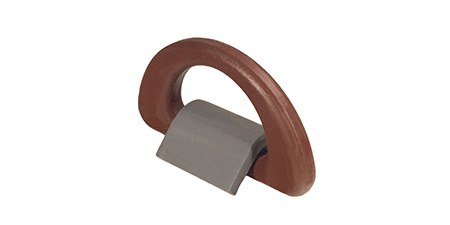
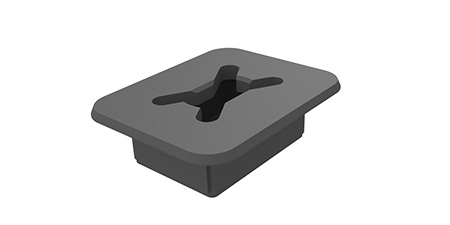
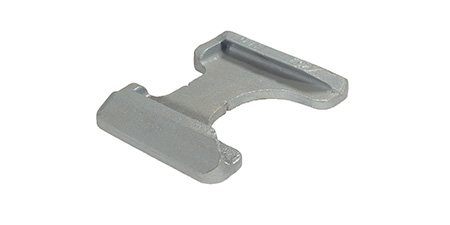
Loose equipment
This equipment has many variants, depending on the cargo to be secured. They are all removable pieces such as twistlocks, cones, stackers, bars…. Therefore their naming as loose equipment. This equipment is attached to the fixed lashing equipment on the ship but it is also used to fix each container to the ones around it. This equipment is chosen, bought, and managed by the Shipowner.
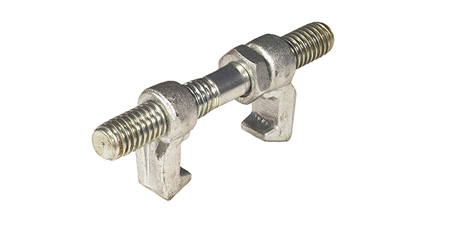
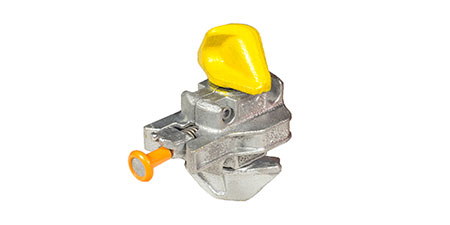
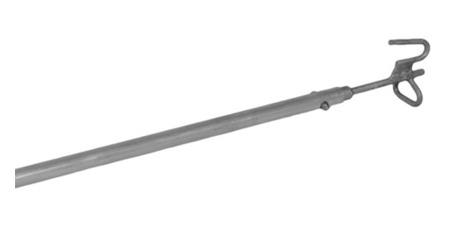
Ro-Ro lashing equipment
This type of lashing equipment is used on ships designed to carry wheeled cargo, such as cars, trucks, buses… Consequently, this equipment specializes in fixing vehicles to the vessel’s deck
The 3 systems for securing cargo inside a vessel are described and stated during the design at the shipyard. The number of pieces and the type of those pieces will determine the lashing equipment required and is documented in great detail in the Cargo Securing Manual. It is mandatory that each vessel has its own. The rules and regulations are in charge of the international Maritime Organization (IMO).

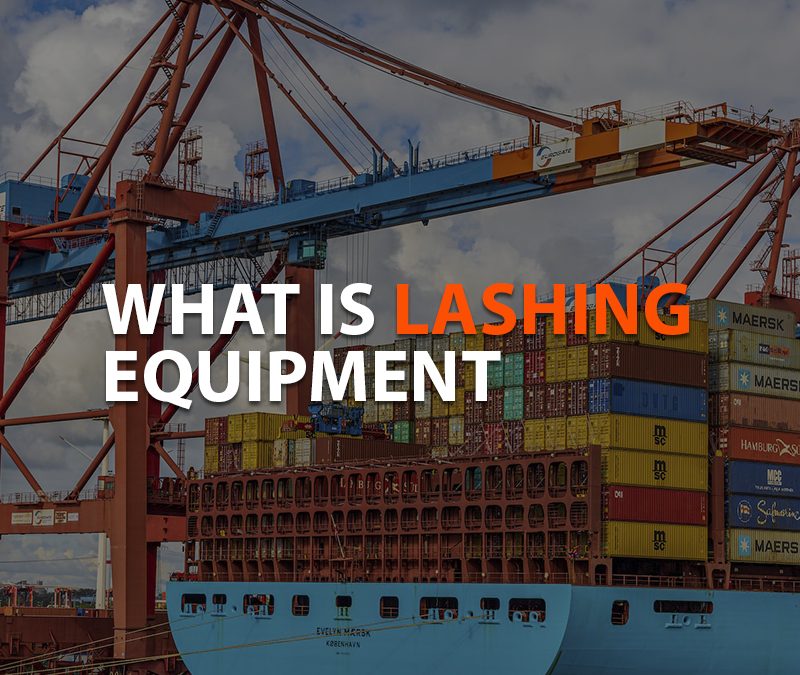
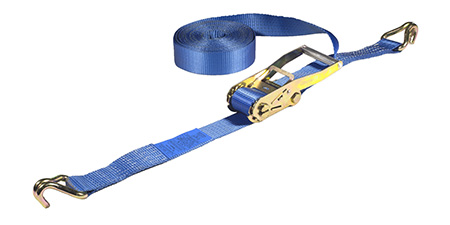
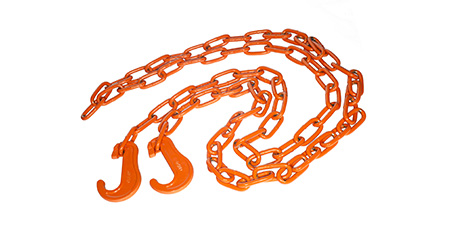
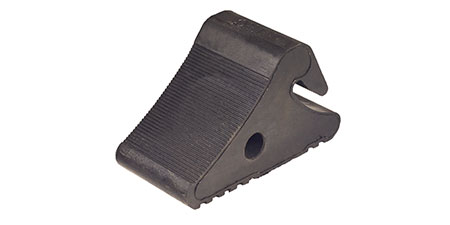





Hello,
my name is Claudio I work for a lashing company (Dock Service srl.) in Italy La Spezia.
I need information about the product: actuar pole
I would like to have the details of the price and lengths of the product. (attached in the photo).
If possible, please contact me by email. thanks and best regards